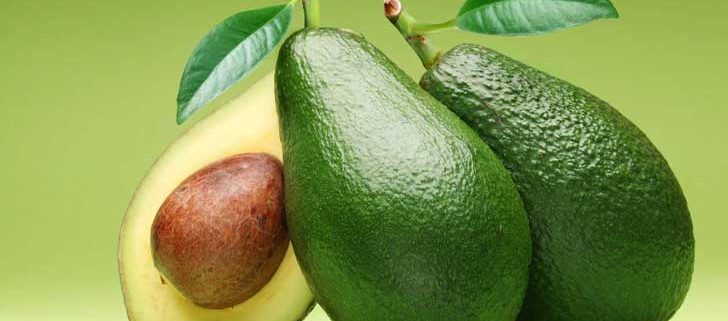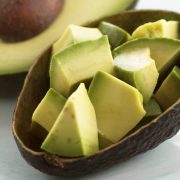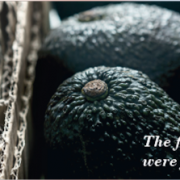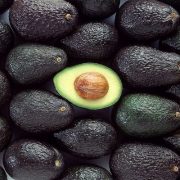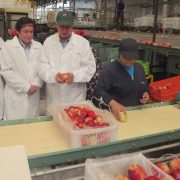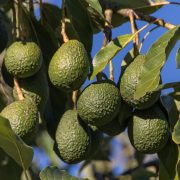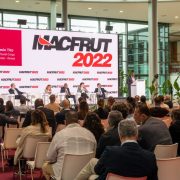Avocado, rising consumption, faces his eighth world congress in Lima
Belén Toledo
September 11, 2015
Data show that in recent decades the cultivation and consumption of avocado it is on the rise. As shown, some figures. United States expected this year 907 thousand tons of avocado consumption are reached, which will double what was consumed in 2006, according to the Hass Avocado Board, a body made up of producers and US importers of this fruit. In Spain, per capita consumption has doubled from about 0.45 kilograms per year of 2007, according to the Ministry of Agriculture, to 0.9 kilograms were consumed in 2013, according to estimates by Mercasa. Worldwide, in 2013 there was a total of 4.7 million tons of avocados according to the FAO, more than double what was produced 20 years ago.
To analyze these trends and everything that has to do with this product and its industry, is being held from 13 to 18 September in Lima the VIII World Avocado Congress 2015. The meeting will include sessions on genetics and nurseries and crop management. Special emphasis will be placed on marketing and sales, taking it as a special tool for the need to spread the proven health benefits of avocado production. He also reflect on the impact of climate change in the sector and the importance of post-harvest quality. The congress is held every four years for more than 30, organized by the International Avocado Society.
Mexico, undisputed leader
The fruit was first grown in Mexico and Guatemala. “Avocado” comes from the Nahuatl (ahuacatl) word meaning “testicle tree”. It is a very nutritious fruit, which is particularly remarkable for its high caloric intake. Studies cited by the Spanish Ministry of Agriculture indicate that consumption reduces LDL-cholesterol (the “bad” cholesterol) and triglycerides in the blood, and it can be an antioxidant and inhibitor of free radicals (involved in aging ).
From their homeland, avocado has won greater or lesser extent consumers across America, Europe and Oceania. The next challenge is China, and its conquest major world producers of avocado apply. Of these, Mexico is the undisputed leader. In 2013 it produced 1.7 million tons, representing a large part of the 4.7 that occurred worldwide. Peru, host of this year’s conference was the fourth largest producer this year. However, in this country it grows rapidly is growing. That is why in four years they expect to be exporting 400,000 tonnes compared to 166,000 that exported in 2014, according to the International Avocado Society and the Association of Producers and Exporters of Palta Hass from Peru, ProHass.
A buoyant trade diplomats causing conflicts
The supremacy of Mexico in the production and export of avocado is a source of wealth for the country, but also for his government diplomatic conflicts. This fruit was the cause of a fight between Mexico and the US. For years, the United States banned the entry of Mexican avocados to its borders, arguing that could contaminate crops with pests California avocado. From Mexico, it was felt that it was a strategy to protect the national avocado. The conflict ended in 2007, when the US allowed the entry of Mexican fruit. Six years later, about 500,000 tons of this product icon Mexico have managed to fill the shelves of supermarkets in the US. This represents more than half the country’s annual consumption.
Today, Mexico has opened another front like. This time with another producer: Costa Rica. This Central American state suspended last May 5 on imports of Mexican avocados and eight other countries. The measure is important because of the 15,000 tons of avocados consumed by Costa Ricans, 12,000 are Mexican. The government says the measure is health: it is because Mexican Hass avocados can be asymptomatic disease that affects sunblotch trees in Michoacan, Mexico, where this fruit is produced. According to some Costa Rican importers, this is just an excuse, and the real intention of the Executive is to protect the national avocado industry. The result, say importers will be product shortages in the country.
The fight for avocados has transcended the agricultural sector and has taken a social tint. Complaints from some business sectors have attracted many Costa Ricans solidarity with his government, says the BBC quoting local journalists. Thousands of people have interpreted as a veiled opposition to the policies of President Luis Guillermo Solis, which is considered moderate left and who came to power in May 2014. Last June, thousands of people went up images of avocados to social networks. And they followed the example of the Minister of Communication, who did the same to a Subway shop multinational, which had assured their clients that could not have avocado “for reasons unrelated” to his will.
For its part, the Mexican government says the decision of Costa Rica is illegal. The two countries will try to resolve the conflict in bilateral foryour try to avoid the issue comes to the WTO (World Trade Organization). The lack of Mexican avocados are supplying, for now, with products from other countries, such as Peru.
Spain explodes his corner of tropical climate
Also in Spain the cultivation of avocado has taken root. It is mainly concentrated in the first 10 kilometers of the coast of Granada and Malaga. Production began very minor way in the 60s, until 80 began wagered strongly by this subtropical fruit, which replaced sugar cane and vegetable crops. The fruit gets thrive thanks to the range of temperatures. “We are between 5 and 35 degrees. Is ideal for avocado climate, “explains Enrique Colilles, vice president of Trops, the company that produces avocado Spain, with 14 million kilos per year. Colilles explains that the tree gets overcome even as hot as this summer, because moisture dampens the effect of heat.
According to the Ministry of Agriculture, the area under avocado has grown steadily to reach 10,215 hectares in 2012. The production, however, it has suffered a slump. It reached its peak in 2010, with 97,378 tonnes. From this year, down 69,400 tons until 2013, according to the information provided by FAO. The same applies to product performance measured Hg per hectare in 2010 was 93,328 and in 2013 dropped to 64,259. The Ministry of Agriculture puts the peak of production and productivity per hectare a year later, in 2011, but also documents a decline thereafter.
“The production decreases because there are plantations that require a conversion,” explains Benjamin Faulí, Asaja Malaga. Against that Achilles, the most positive part of the Spanish avocado industry is in the price reaching the product. Most of the Spanish fruit is sold within the country and in the European Union. And you can reach those destinations in two or three days, compared to the three weeks it takes for goods from Latin America. So Faulí adds, “its ripeness and quality suffers in comparison with the Spanish”.
One advantage is rewarded with a price differential in favor of the Spanish product. Much more when Spain is the only European country that produces this fruit in Europe, beyond testimonial plantations in the Algarve, Sicily and Greece, accounting for 2% of the production of this continent. The consequence is that the product has reached Spanish paid 20% more expensive than the Latin American at times of harvest, according Faulí.
Innovation and exports to grow
To increase the volume of culture, the Spanish sector focuses on increasing the productivity of each hectare of the areas where the climate allows the cultivation of avocado. For a time the option to plant the tree in the greenhouse was investigated. However, the idea has been rejected by the unaffordable costs that would result. “In principle, the tree can not be planted in greenhouses because it is very lush and very slow entry into production,” explains Javier Nunez Simarro, technical director of Anecoop Almería. In addition, the plant needs direct sunlight to develop properly, something that is very difficult to achieve in a greenhouse.
The producers are also looking for their own ways of improvement through innovation. For Trops, your goal is to go from being a manufacturer to a “service” in the words of Colilles. It is the customer getting avocado at the right point of maturity needed. “If a small business in a European city needs to sell the product the same day you arrive, we give at the point of maturity required. If needed I can wait three days, also we do get, “he explains. This objective involves the entire company as it involves changes in the entire process, “from harvesting to packaging and logistics.”
Trops also looking to expand its business by exporting beyond EU borders. 20% of the export company goes to UAE, African countries and Eastern Europe, among others. It is a high percentage when compared with the overall industry data, which is 2-3% of export to third countries, according to Asaja Malaga.
From production to health, through the growing, harvesting and marketing. The debate over the avocado among stakeholders continue from 13 September at the VIII World Avocado Congress 2015. Lima is the rendezvous.



